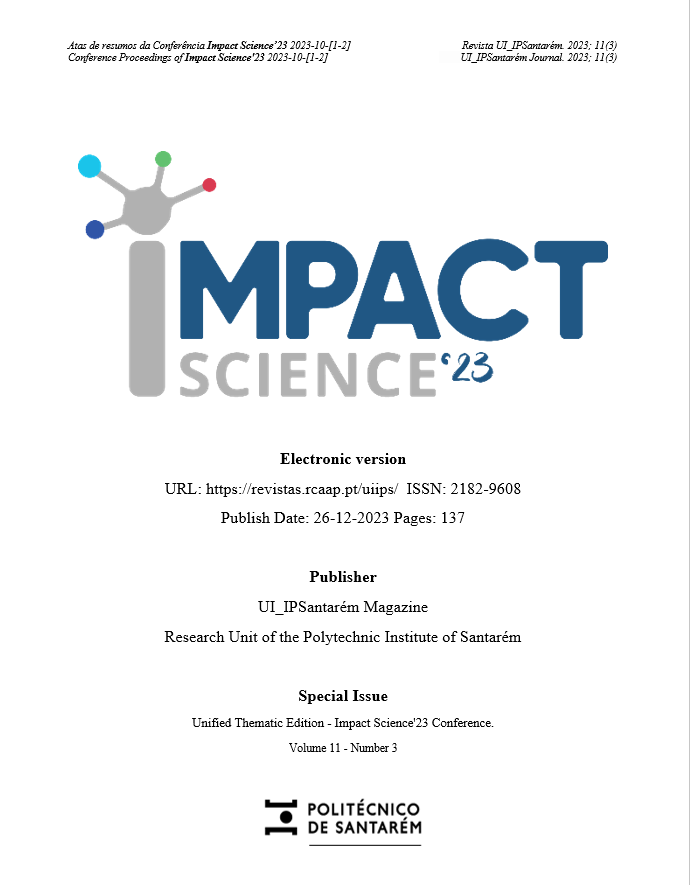Attractiveness: choice of waist-hip ratio in female silhouettes among cycling and strength training practitioners
DOI:
https://doi.org/10.25746/ruiips.v11.i3.32474Keywords:
attractiveness, fitness, cycling, strength training, waist-to-hip ratioAbstract
The waist-to-hip ratio (WHR) in women is an indicator of health, youthfulness, and fertility attributes; it has been used as a measure of attractiveness. In the case of females, hip size indicates pelvic dimensions and, consequently, the size of the reproductive canal, which is associated with fertility. On the other hand, waist size conveys information about female health status or future morbidity risk, as visceral fat in this region can be a sign of higher morbidity risk. Previous research has shown that both men and women perceive a female WHR of 0.7 as more attractive, considering this ratio as a universal value. This value reflects the historical, cultural, economic, and social context in which individuals are involved. Thus, we can assume that culture, at a more specific level, such as the practice of different gym modalities, can influence the incorporation of its values and ideals, which, in turn, may contribute to a change in WHR preference. The present study aimed to investigate and compare the preferred WHR for female silhouettes among participants who practice cycling and strength training. This study included 121 participants aged between 15 and 72 years (M=31.07 ± 12.17), including 59 cycling practitioners (29 women) and 62 strength trainers (30 women). They were asked to choose the most attractive silhouette for females from a set of 5 silhouettes with modified WHR. The results revealed a significant difference in the preferred WHR between the analyzed gym cultures, with strength trainers preferring a lower WHR (mean value of 0.63 ± 0.01) compared to cycling practitioners (0.66 ± 0.01). Strength trainers, especially men, prefer female bodies with slightly more waist-to-hip differentiation, while cycling practitioners lean closer to the universally obtained value of 0.7. The results did not show any differences in the preferred WHR between sexes, either within each fitness culture or for the entire sample. However, both cultures and sexes showed a preference for a WHR lower than the universally obtained value, with particular emphasis on male strength trainers. This result reinforces the idea that the idealization of an attractive female body involves more pronounced morphological traits, typical of heteronormativity. This idealization is shared even among practitioners of physical activities whose main goal is to achieve good physical health, which translates to abdominal and pelvic areas with low fat content and toned appearance.
Downloads
Published
How to Cite
Issue
Section
License
Copyright (c) 2023 Cristiana Mercê, David Catela, Nancy Brígida, Raquel Gonçalves, Daniela Freitas, Dora Faria, Rita Miranda, Maria Gouveia, Sarina Santos

This work is licensed under a Creative Commons Attribution-NonCommercial-NoDerivatives 4.0 International License.
Authors publishing in this journal agree to the following terms:
Authors retain copyright and grant the journal the right of first publication, with the article simultaneously licensed under the Creative Commons Attribution License that allows sharing of the work with acknowledgement of authorship and initial publication in this journal.
Authors are permitted to enter into additional contracts separately for non-exclusive distribution of the version of the article published in this journal (e.g., publish in an institutional repository or as a book chapter), with acknowledgment of authorship and initial publication in this journal.
Authors have permission and are encouraged to publish and distribute their work online (e.g., in institutional repositories or on their personal webpage) at any point before or during the editorial process, as this may generate productive changes, as well as increase the impact and citation of the published work.



